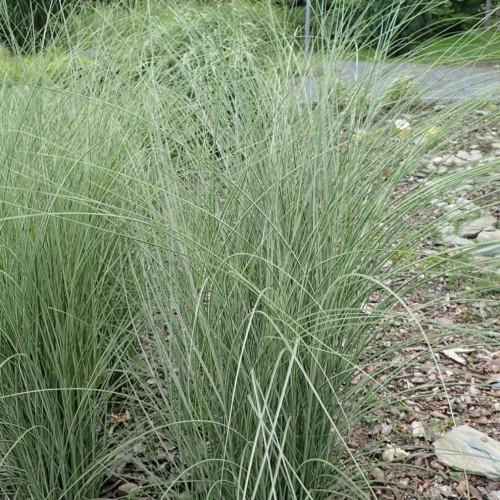
lovegrass
Eragrostis elliottii 'Wind Dancer'
Cycle:
Perennial
Watering:
Minimum
Hardiness Zone:
6 - 9
Flowers:
Flowers
Sun:
Full sun
Leaf:
Yes
Growth Rate:
Low
Maintenance:
Low
Drought Tolerant:
Yes
Salt Tolerant:
Yes
watering
Lovegrass should be watered thoroughly but infrequently. During the warmer months, this means about once a week. During the colder months, once every 2 weeks should be sufficient. The soil should be kept moist but not soggy. If the soil feels dry to the touch, you should water the plant. It is best to water the soil around the plant, ensuring you saturate the root zone. Avoid overwatering and use a pot with drainage holes and a saucer to collect any excess water.
sunlight
Lovegrass (Eragrostis elliottii 'Wind Dancer') prefers to grow in well-drained, sandy-loam soils in full sun but can tolerate mid-to-light shade. It will do best with 8-10 hours of direct or indirect sunlight daily. To promote full bloom and healthy flowering, provide the lovegrass with its ideal amount of sunlight and a consistent supply of water.
pruning
Lovegrass (Eragrostis elliottii 'Wind Dancer') should be pruned in late winter or early spring. Prune away any dead or damaged leaves, flower stalks, or seed heads, and cut the entire plant back to within a few inches of the ground. This will encourage full, new growth in the upcoming season. Avoid pruning after mid-summer, as this may stop new growth before the plant has had time to mature and form strong root systems.
